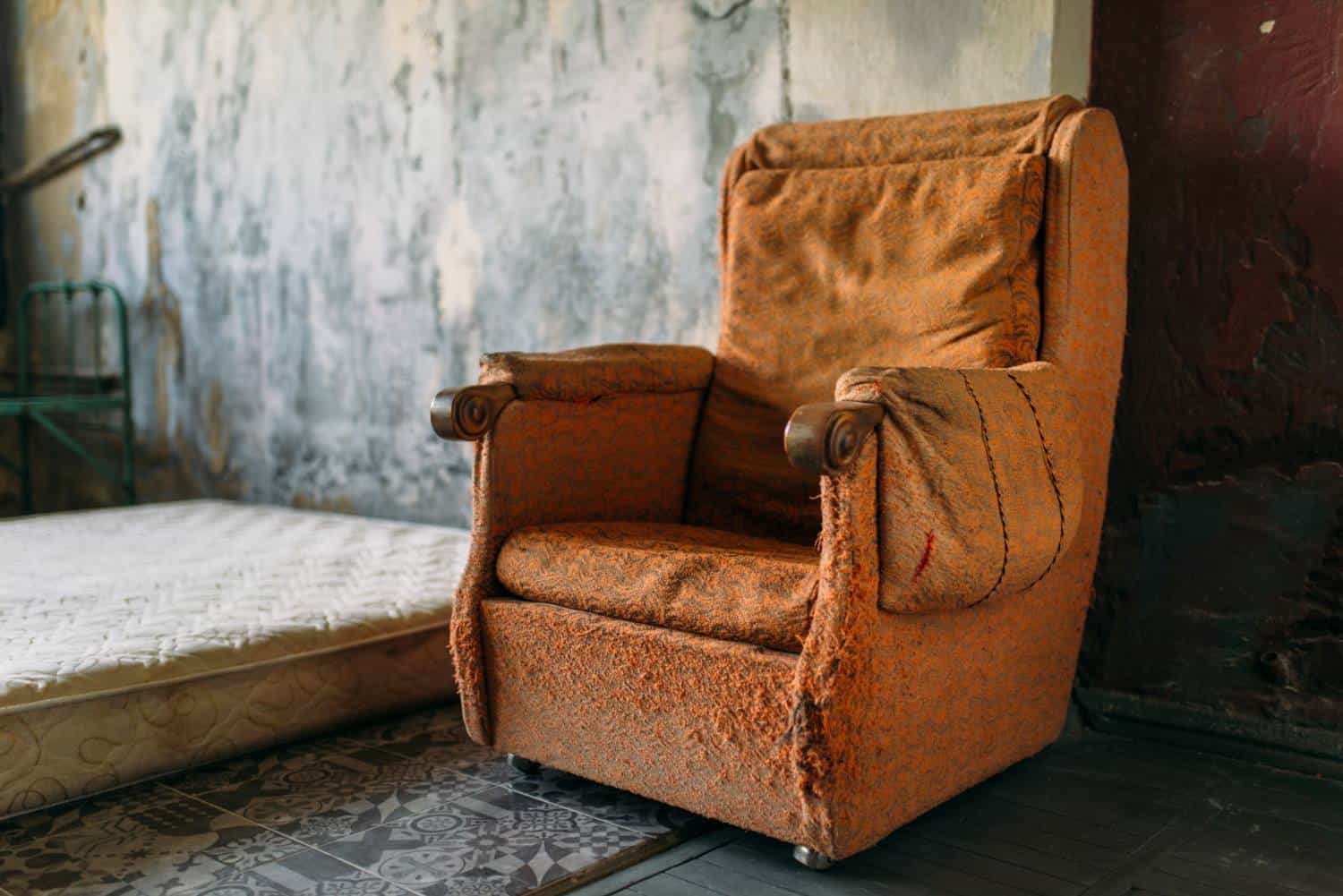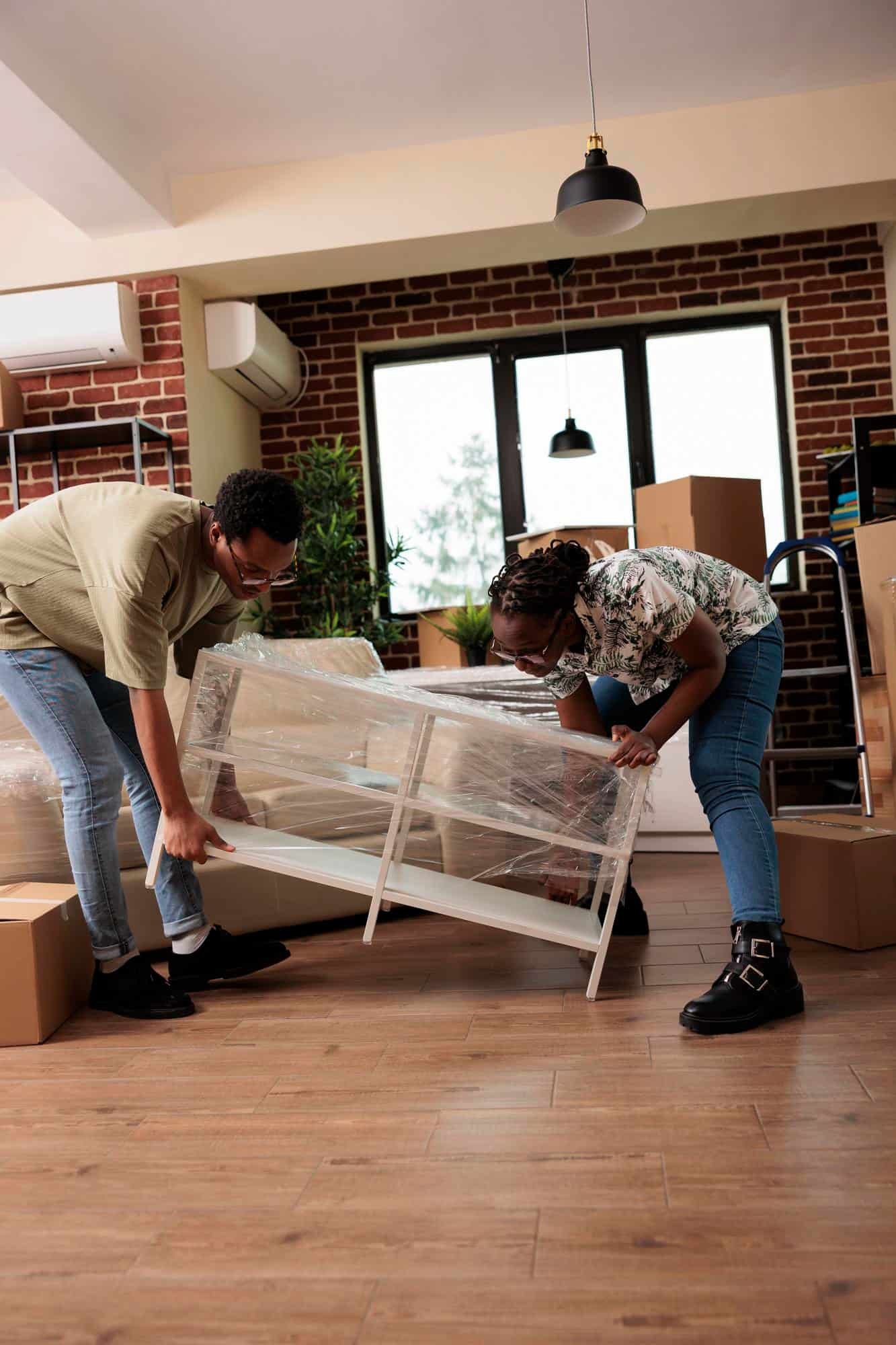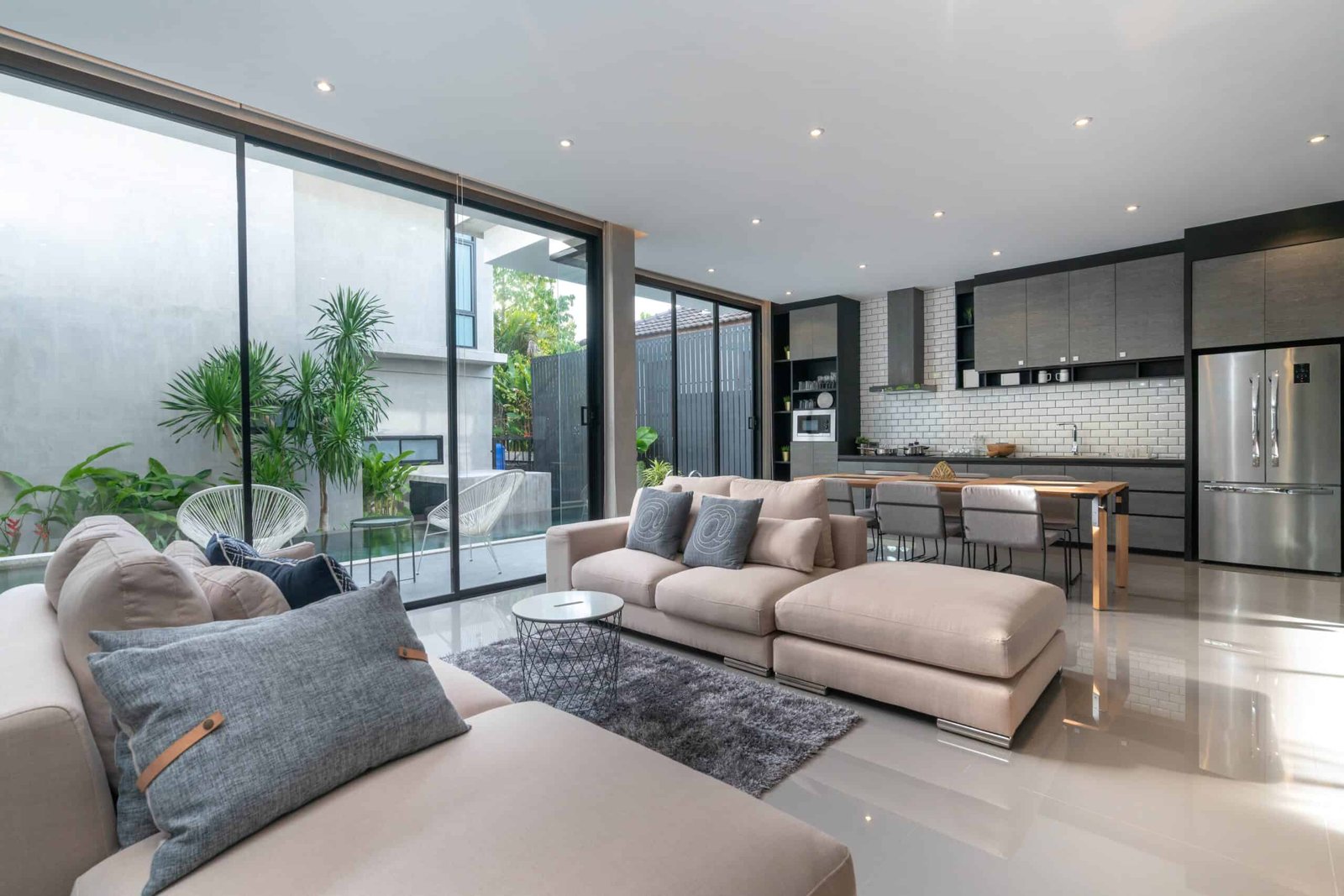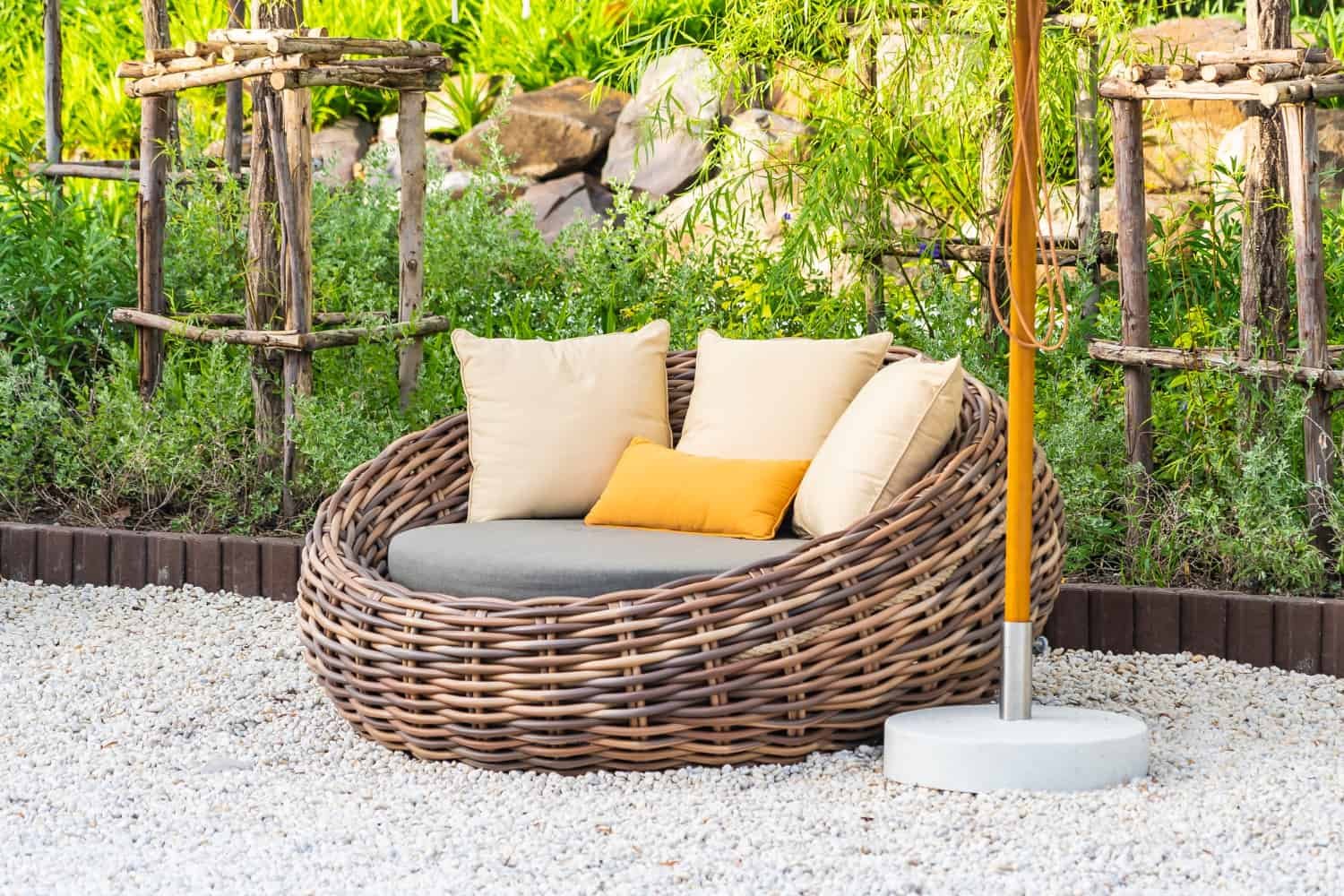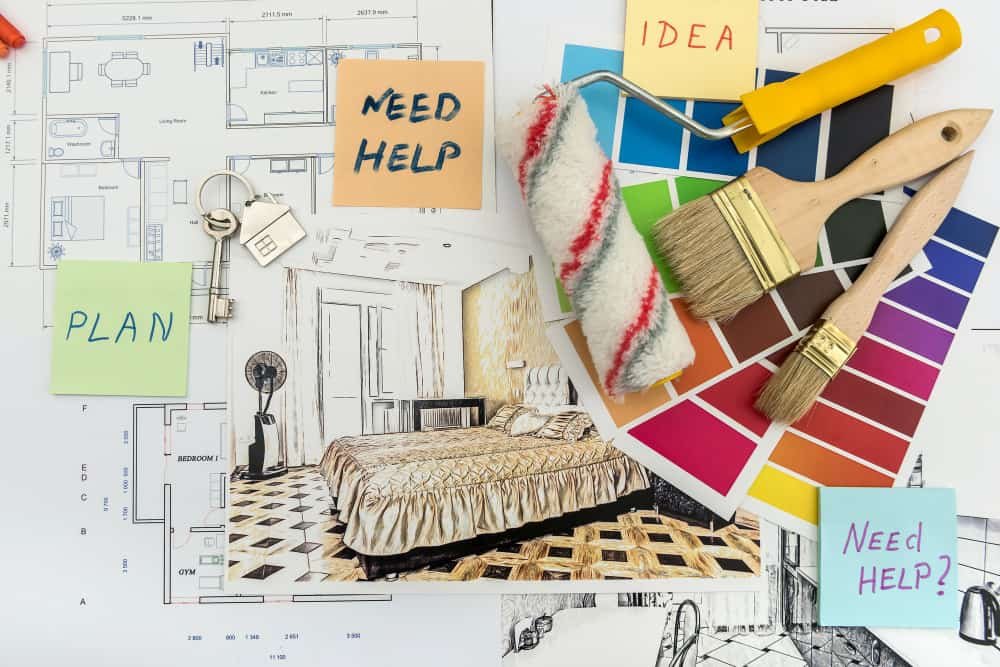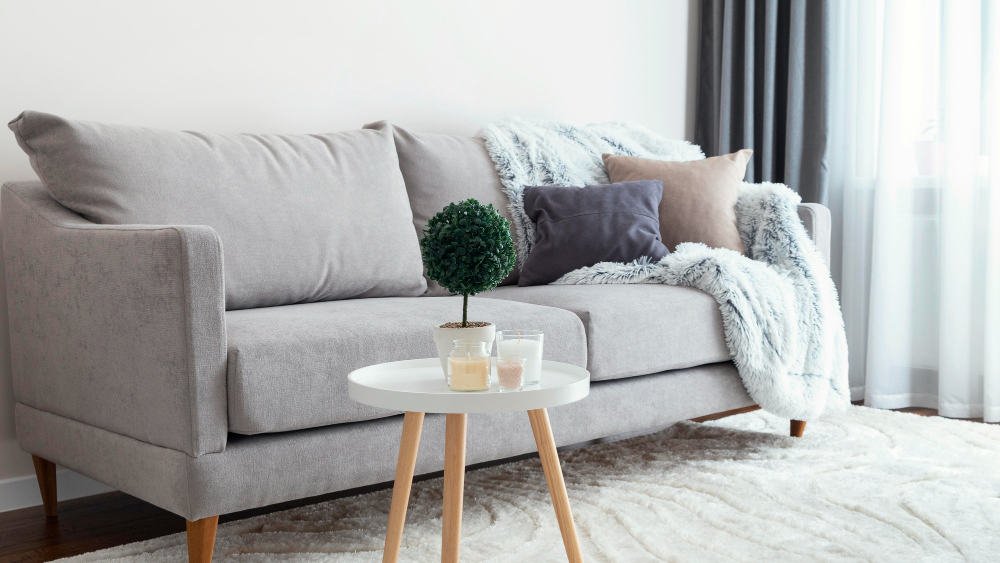
Disclaimer: As an Amazon Associate, “Furniture UK” earns from qualifying purchases.
Are you a movie enthusiast who loves to watch films in the comfort of your own home? If so, consider designing a home cinema to enhance your viewing experience. A home cinema is a dedicated space in your home designed to replicate the experience of commercial movie cinemas. With the right design, you can create an area that is comfortable and immersive, allowing you to enjoy your favourite films in style. Designing a home theatre can be fun and rewarding but can also be overwhelming. That’s why we’ve compiled a list of 6 ideas you can use to design the perfect home theatre. Whether you’re starting from scratch or updating an existing space, these ideas will help you create a home theatre that is both functional and stylish.
1. Room Selection and Layout
When designing a home cinema, one of the most important things to consider is the room selection and layout. Here are a few ideas to help you make the most of your space:
- Choose the right room – Look for a large space to accommodate your desired seating arrangement and screen size. Avoid rooms with windows or other light sources that may cause glare on the screen.
- Consider the room’s shape – A rectangular room is ideal for a home cinema, allowing for optimal screen placement and sound distribution. Avoid rooms with odd angles or irregular shapes.
- Plan your seating arrangement – Decide the number of seats you want and their placement in the room. Consider the distance between the seats and the screen and the viewing angle.
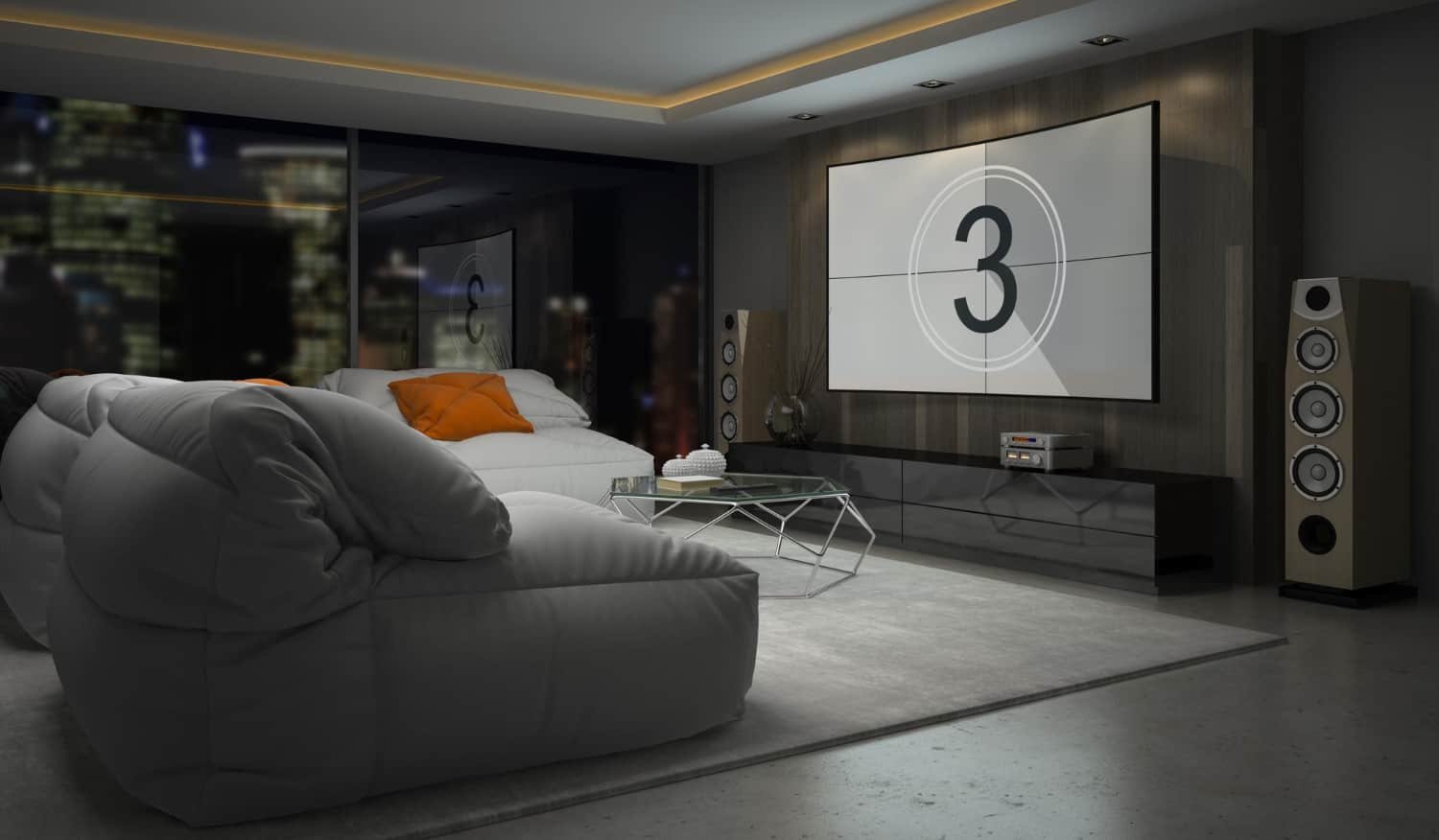
Once you have selected your room and determined your seating arrangement, it’s time to think about the layout:
- Screen placement – The screen should be the room’s focal point, so it’s essential to place it in a central location. Consider using a projector and screen for an authentic cinematic experience.
- Speaker placement – Proper speaker placement is crucial for optimal sound quality. Place the front speakers on either side of the screen, the centre speaker above or below the screen, and the surround speakers around the room.
- Lighting – Lighting can significantly affect the ambience of your home theatre. Consider installing dimmer switches or LED strip lights to create a cosy, theatre-like atmosphere.
2. Choosing the Right Screen and Projector
Choosing the right screen and projector is another critical decision when planning a home cinema. Here are some tips to help you make the right choice:
- Consider the size of your room -The size of your room will determine the size of your screen and the distance between the screen and the projector. If your room is small, you may want to consider a smaller screen and a short-throw projector.
- Choose the correct aspect ratio – The aspect ratio of your screen should match the native resolution of your projector. This will ensure that you get the best possible image quality.
- Think about screen type – There are several types of screens to choose from, including fixed frame, motorized, and retractable. Consider the pros and cons of each type before making your decision.
- Consider ambient light – If your room has a lot of ambient light, you may want to consider a high-gain screen or a brighter projector to ensure your image is visible.
- Resolution – The projector’s resolution will determine your image’s quality. Choose a projector with a resolution that matches the content you’ll be watching. When it comes to projectors, there are several factors to consider:
- Brightness – The brightness of your projector will determine how well your image is visible in different lighting conditions. Consider the ambient light in your room when choosing a projector.
- Contrast ratio – A high contrast ratio will ensure that your image has deep blacks and bright whites. Look for a high contrast ratio projector for the best possible image quality.
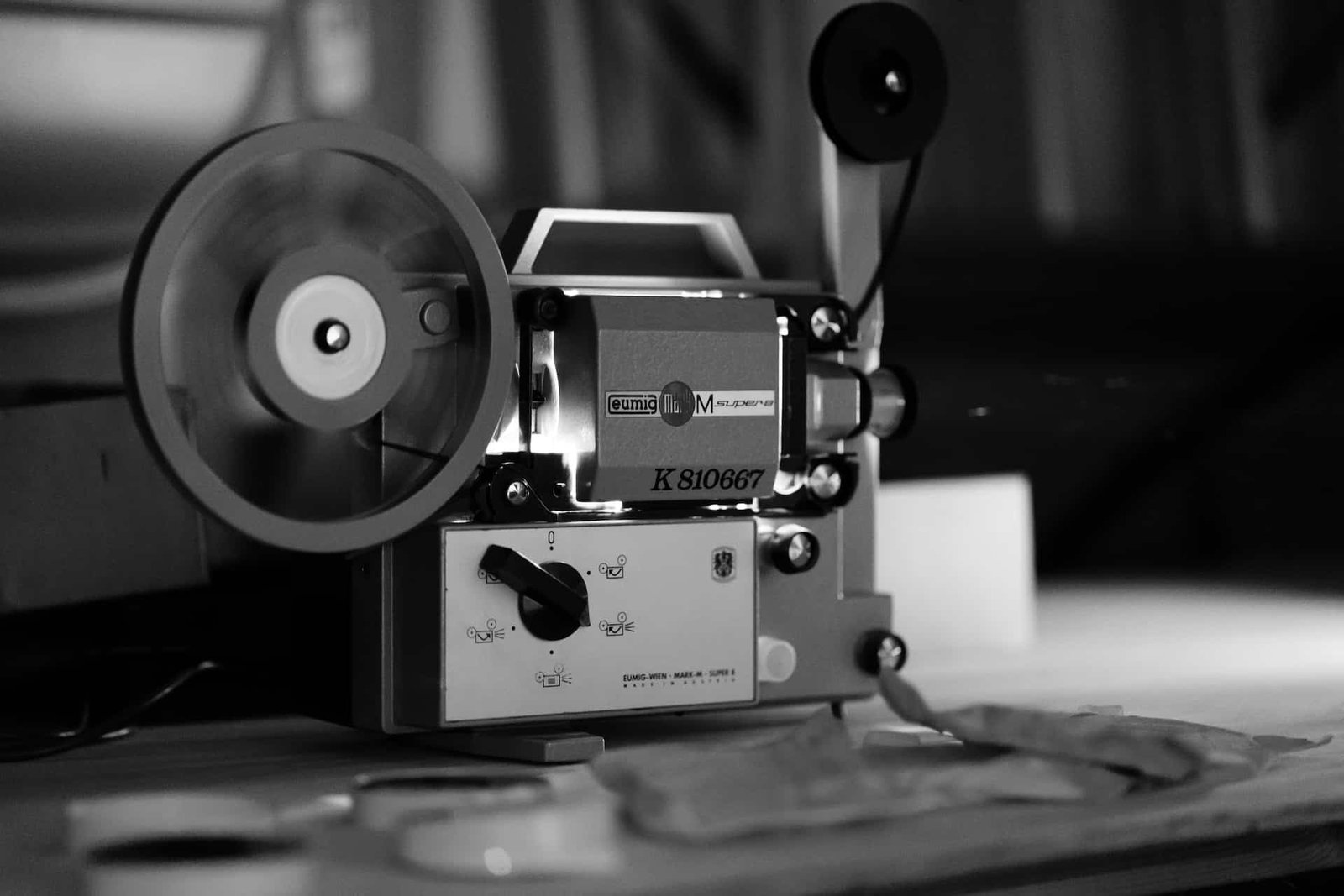
3. Audio System Setup and Calibration
Setting up and calibrating the audio system in your home cinema is essential for achieving a smooth, even frequency response at the primary listening position. Here are some tips to help you get the most out of your audio system:
- Start by accessing your receiver’s menu and selecting the “speaker setup” option.
- Adjust the speaker distance, size, and crossover settings to ensure your speakers are correctly balanced and optimized for your room.
- Use a sound meter to measure the sound levels at each speaker location and adjust the volume levels accordingly.
- Consider using room correction software to help eliminate any acoustic problems in your room, such as standing waves or reflections.
- Load a specific mic calibration file to ensure your audio system is appropriately calibrated to your room’s acoustics.
- Finally, don’t forget to periodically re-calibrate your audio system to ensure that it continues to perform optimally over time.
Section 4. Lighting and Seating Considerations
When designing the perfect home cinema, lighting and seating are two of the most important considerations. Here are some tips to help you create the perfect atmosphere:
Lighting
Lighting is crucial in a home cinema. It can make or break the entire experience. Here are some preferred lighting options:
| Lighting Option | Description |
| Recessed Lighting | Provides ambient lighting and can be dimmed to create a movie theatre atmosphere. |
| Wall Sconces | Provides a soft, indirect light that is easy on the eyes and creates a cosy atmosphere. |
| Ambient Lighting | Provides a soft, overall glow that is perfect for watching movies. |
| LED or Fiber Optic Lighting Strips on the Floor or Baseboards | Creates a stunning visual effect and adds a touch of elegance to your home theatre. |
| Task Lamps Next to Seating | Provides focused lighting for reading or other activities during the movie. |
Seating
Comfortable seating is essential for a home theatre. Here are some tips to help you choose the perfect seating:
- Choose seating that is comfortable and supportive. Look for seats with good lumbar support and a relaxing recline angle.
- Consider the size of your room when choosing your seating. Ensure enough space for the seats and for people to move around.
- Choose seating that is easy to clean and maintain.
- Consider adding cup holders and storage compartments to your seating for added convenience.
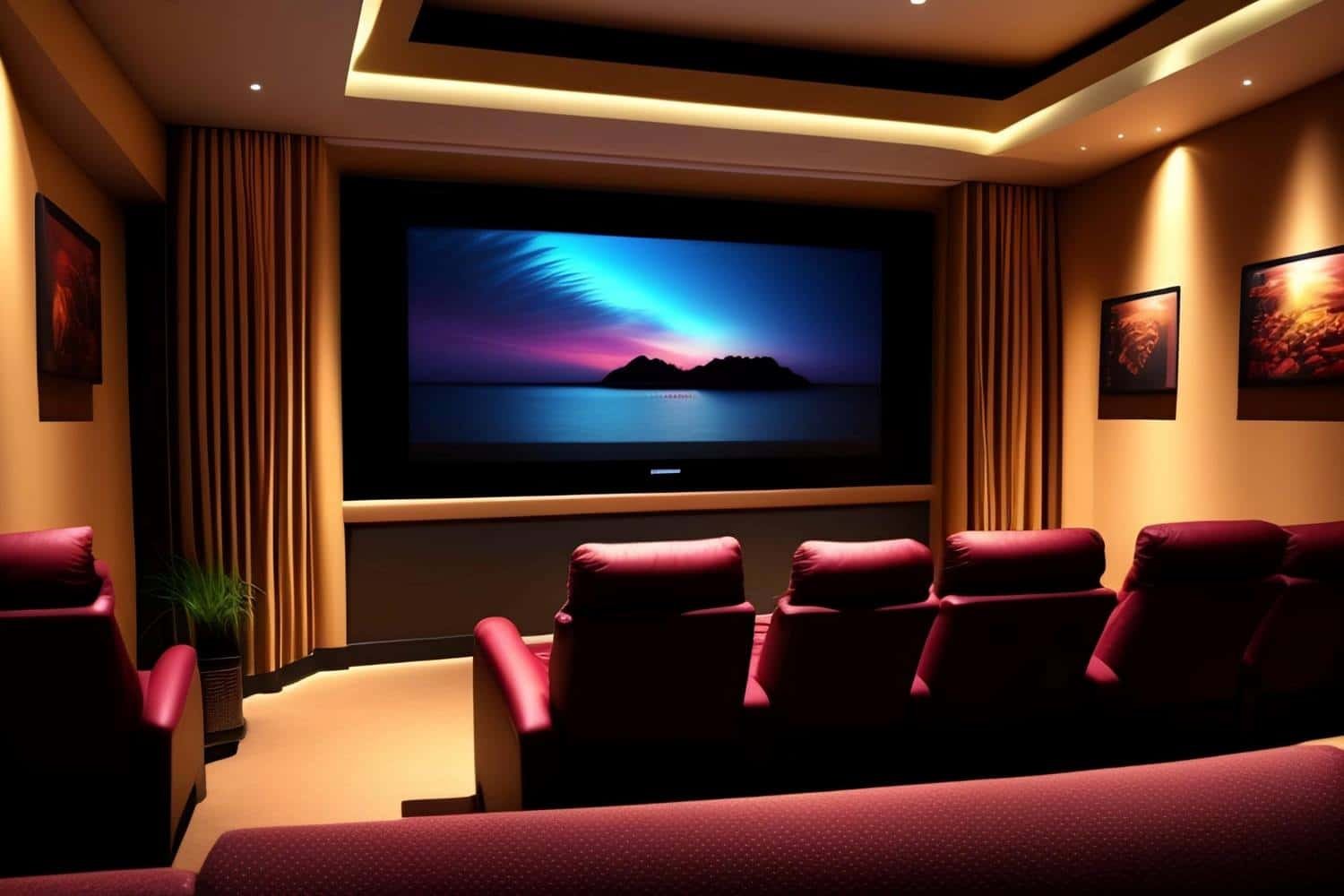
Sketchepedia
5. Decorating Your Home Theater
Decorating your home theatre is critical to creating the perfect movie-watching experience. Here are a few tips to make sure your home theatre looks as good as it sounds:
- Choose the suitable colour scheme: Consider using dark colours like black, navy, or deep red to create a classic movie theatre look. Lighter colours can be used as accents to brighten up the space.
- Invest in comfortable seating: Make sure to choose comfortable seating that is appropriate for the size of your room. Recliners or sectionals are great options for a cosy feel.
- Add lighting: Use dimmable lights to create a warm and inviting ambience. You may also consider adding LED strip lights behind your screen or along the baseboards for a fun and modern touch.
- Display movie posters: Post posters from your favourite movies to add a personal touch to your home theatre. You can also add framed movie stills or other film-related decor.
- Use sound-absorbing materials: To improve the sound quality of your home theatre, consider using sound-absorbing materials like acoustic panels or curtains. These will help to reduce echoes and improve the overall sound experience.
6. Final Touches and Maintenance
Once everything is set up and ready to go, it’s time to add the final touches to your home theatre. These final touches will help to create an immersive and comfortable viewing experience for you and your guests. One crucial final touch is lighting. You’ll want to ensure that your home cinema has proper lighting so you can see your way in and out of the room. You may also want to consider installing dimmer switches or intelligent lighting that can be controlled from your phone or remote control.
Another important aspect of your home theatre is maintenance. Regular maintenance will help to ensure that your equipment lasts as long as possible and that you always have a great viewing experience.
Some maintenance tasks you should consider include:
- Cleaning your projector or TV screen regularly to remove dust and dirt.
- Replacing projector lamps or TV bulbs when they start to dim or fail.
- Check your surround sound system regularly to ensure all speakers are working correctly.
- Testing your remote control and replacing batteries as needed.

